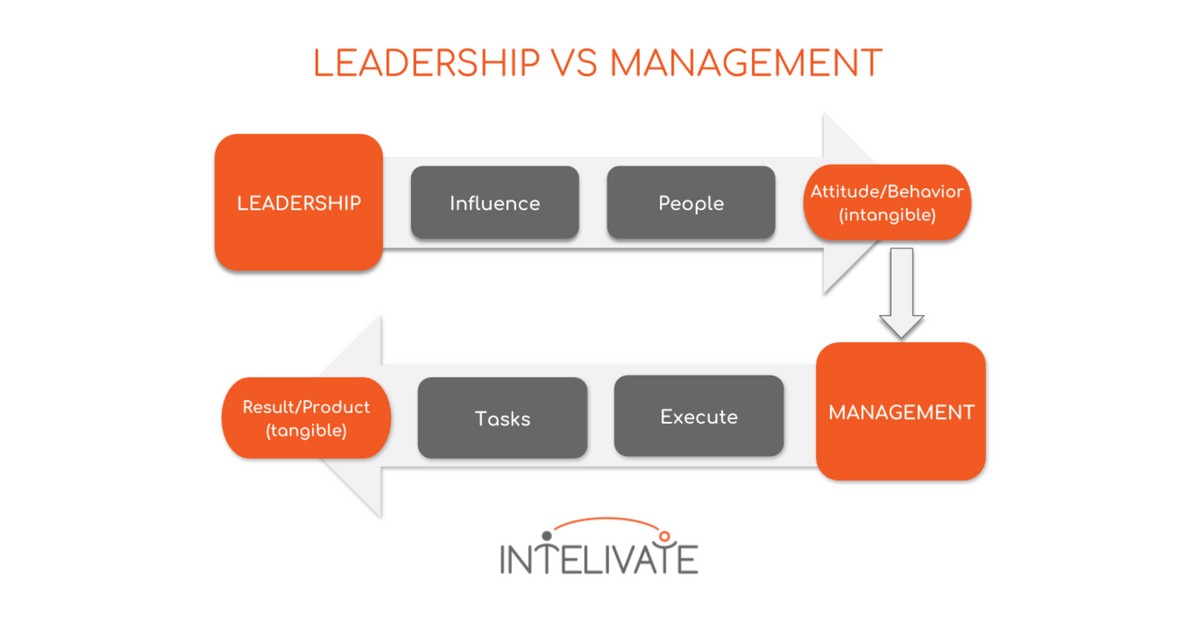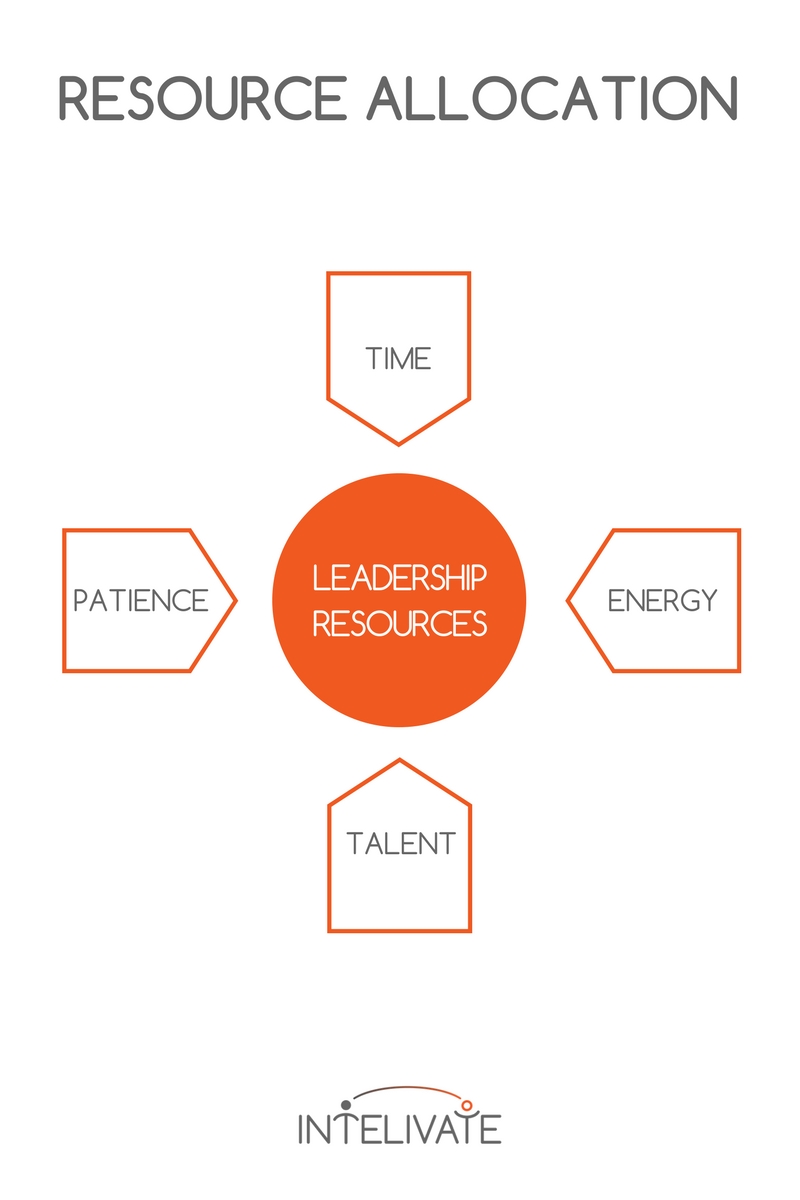At 24, I won my first leadership role and failed miserably. Why? I didn’t have a clue as to the differences between leadership and management. Here are my lessons.
I will never forget when I started my first leadership position. I was 24 with high hopes for what it would mean to be a leader – until I failed miserably at leadership.
What happened? Why did I fail? Looking back on it, I was doing everything I learned about managing and doing nothing related to leadership. We got things done but at the cost of morale and people’s desire to punch me in the throat.
Some got bored with what they were doing, while others burned out in their roles and few who were happy. At the time, I didn’t think it mattered. Now I know those are the ONLY things that matter as a leader – the people.

Leadership and management are interchangeably used in articles and training. Many of these articles depict the differences between leadership and management as one is the savior and the other is the devil.
However, there is a difference between management and leadership, and it is functional. Both functions are critical to a project, team, and organization. You’ll soon understand why.
You must first understand these differences before you can understand when to lead vs when to manage.
The Differences Between Management and Leadership
The leadership function optimizes and grows the culture and people of an organization, while the management function optimizes all components of project organization and execution. As you’ll learn, the results of leadership should feed into the management process for optimal results.

The delineation between the two functions is one of the first chats I have in an executive coaching and leadership development session. There is almost always a strong ‘ah-ha’ moment with participants.
What is Leadership?
The function of leadership is influencing people towards a desired attitude and behavior. The goals and individual you are leading determine the desired attitudes and behaviors.
I recommend leaders focus on the mindset/attitude first. Why? Influencing a positive attitude will ultimately drive desired behaviors. Behaviors do not always build desired attitudes.
What Is the Result of Leadership?
The results of leadership are often intangible, especially when it comes to the effectiveness of influencing attitudes that feed into behaviors. Because of this, measuring leadership effectiveness challenges many organizations. Truth be told – many of them get it wrong.
Why?
It’s easier to measure the tangibles of widgets produced or the rate of widget production. As you’ll learn, that is a result of management.
How to Measure Leadership Effectiveness
If leadership is primarily influencing desired attitudes that drive behaviors, then cumulative measures of both are appropriate measures of leadership.
Depending on the team and organization, here are some ways to measure the ‘intangible’ results of leadership:
- Employee satisfaction and job happiness
- Employee attrition
- Employee engagement and work culture
- Absenteeism
- Adherence and compliance
- Career progression and promotion rates
If I used any of these measures during my first role in leadership – especially satisfaction, attrition, and absenteeism – I would have quickly realized my leadership was ineffective. Unofficial indicators to me would have been that nobody asked me about their growth, progression or anything related to leadership. The questions I received were focused on ‘how to’ and ‘when.’
Oh – and nobody wanted to spend any time with me outside of when they absolutely had to be in my presence. I was clueless, but have thankfully learned to use these indicators.
What is Management?
The function of management is organizing, optimizing, assigning and executing tasks towards a defined result or product. Ideally, the management function leverages the results of the leadership function.
The desired attitudes and behaviors from leadership should feed into the management process.
What is the Result of Management?
Unlike leadership, the result of management is tangible. It is a completed task or set of tasks that give a defined result or product.
Project plan completed?
That’s a result of management. While some might argue that traditional performance metrics are a result of leadership, these KPIs are normally a result of the management function.
Remember, the results of leadership – desired behaviors and attitudes – should feed into the process of management for ultimate effectiveness and efficiency.
How to Measure Management Effectiveness
Measuring the effectiveness of management is usually easier than leadership because of the use of familiar KPIs such as:
- Quantity of output
- Efficiency of output (output unit per hour)
- Quality of output
- Budget measures
- Deadline and timeline measures
Organizations and teams often combine leadership and management KPIs, resulting in measurement problems. That is not to say leadership shouldn’t include some management KPIs, but the measures should be weighted differently.
When to Lead vs When to Manage
Many roles juggle both leadership and management. However, a leader’s primary focus is leadership, and a manager’s primary focus is management. It seems simple but is so often confused.
When you must influence a mindset or attitude that translates into the desired behavior, you lead. This is true even if it is a person that controls a task or function. I call this people optimization.
Remember: Leadership is truly about optimizing culture and people. Management is about optimizing all components of project organization and execution.
Are you in a leadership role but feeling the need to control a little more than you should? Don’t fall into a pattern of toxic leadership and micromanaging. It’s devastating to both leadership and management functions.
When you are responsible for an initiative and the measure of your success is how well it was executed, you manage. How? Through identifying, organizing, monitoring, assigning and executing the tasks of the project or initiative. I call this project optimization.

Leadership vs Management: Is One More Important Than the Other?
In the ongoing understanding and debate of leadership and management, people wonder if one more important than the other? I can definitively say, “No” and both are critical to overall success.
Why?
The result of leadership is necessary for effective management. It’s hard – if not impossible – to manage effectively without people who have the right attitudes and behaviors. At best, execution is mediocre.
Similarly, nothing gets accomplished if you don’t have proper management. You have the ideal people with the perfect attitudes and behaviors that result in nothing.
For ultimate success, the functions of leadership and management are dependent. Businesses should organize and staff understanding this dependency.
Final Thoughts
Now you have a summary of everything I wish I would have known when I started my first leadership position. I failed because I didn’t understand the difference between leadership and management much less know when to lead vs manage.
These differences are especially important when assessing potential leadership qualities for staffing and development programs.
The next time you are organizing a major business transformation and change initiative, keep these points in mind when you are planning budgets and staffing. Management and leadership are both critical for an organization’s and project’s success. Knowing the functional differences gives you a competitive edge.
Don’t forget to subscribe to receive all of our best business and career tips and advice!
Related Solutions to Help With Leadership, Team & Career Development.
> Career Coaching & Counseling
Kris Fannin
Kris Fannin is a passionate change agent in workforce transformation. For more than 25 years, he's had the privilege of partnering with dozens of client organizations and leading hundreds of teams to become powerful influencers.
"Your legacy will be defined by the passion and impact of the people you influence. What do you want your legacy to be?"



